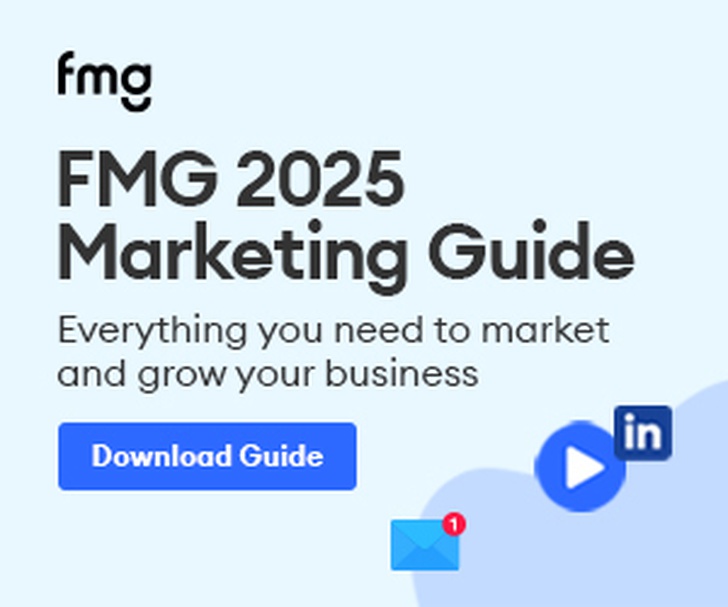Written by: Zack McDonald
How do you keep your marketing content on the good side of that thin line between an informative article and an advertisement, while still pushing readers further along your sales funnel?
That is the great content marketing question of the ages. You need the content to draw the audience, but you need to sell something to the audience to keep your firm open.
When a company straddles this line well, it’s obvious. It’s the difference between a Doritos commercial and a car commercial.
Doritos user-generated commercials are story-based, incorporating the product in the slightest way. I love these commercials and always watch them. Car commercials are pretty much all the same. “Our cars are the best! Our cars are the cheapest! Our cars are the fastest!” I mute car commercials pretty much every time.
Here are three things you can do to keep your content from coming off as too sales-y.
1. Save Your Pitch
Your sales pitch is an essential part of your process, and people want to hear it, but only in certain contexts. You don’t want to front-load it. As we’ve said before : Don’t put the sale before the relationship. You don’t want to sound like you stepped out of a car commercial.
The main reason people come to advisor sites is either to log in to the client portal and see how their portfolio is doing, or to read your latest blog. The first group doesn’t need to be sold on you anymore (not in the sense we’re talking about here, anyway, though you do need to continue proving your worth to keep clients) and the second group is probably not ready to make the full commitment. You don’t want to scare them off with a “Buy Now!” approach.
That’s why ebooks and other types of content are so important. Instead of ending every article with “Contact us now to see how we can help you,” you can say, “Click here to learn more about this subject in our ebook.” The contact us CTA gets clicked maybe 0.1% of the time, but a CTA offering a good lead magnet will more often than not have engagement in the double digits and can strengthen the reader’s relationship with your firm.
2. Don’t Just Talk About Yourself
Nobody likes the guy at the party who never talks about anyone else other than himself. You know the type—everything they’re doing is more interesting, more difficult, more valuable than anything anyone else is up to.
Most people know not to act that way at a party, but for some reason, a lot of advisors are okay with acting that way on their firm’s blog. I’ve clicked on many advisor (and other) blogs only to find article after article about how great a firm is and how their newest offering or how their view of investing is going to change my life.
There’s a place for those announcements: press releases. Those can go in your blog, but they shouldn’t be the whole thing.
A blog that’s comprised entirely of press releases is called a Press Page, not a blog.
3. Understand What Type of Content You’re Writing
Your blog should feature all types of different content—commentary on current events, market reviews, educational pieces on market basics, and, yes, press releases. One of the basics of blogging is to know what type of content you’re aiming to write .
A sales pitch belongs in certain pieces and it doesn’t belong in others. Hubspot has something they call the Buyer’s Journey. It says everyone who will eventually buy your product goes through three stages prior to purchasing.
##TRENDING##
You want content that appeals to buyers in all three stages of the journey. Content in the first stage should be the least sales-y and content in the last stage can be pretty sales-heavy.
Your commentary, market reviews, and educational pieces could all fit into the first two stages very easily, and you could slide a classy lead magnet offer into those pieces without turning people off.
The third stage is a little more nuanced. It’s not a full-blown ad—far from it, actually—but it can place a little more emphasis on why your financial advice is trustworthy in the context of a larger conversation.
Yes, there’s a place for car commercials. They must work, or else the entire automotive industry would change their approach.
But advisors don’t have the same freedom to talk about how their product is the best. It’s one of the things that makes advisor marketing a tougher egg to crack .



